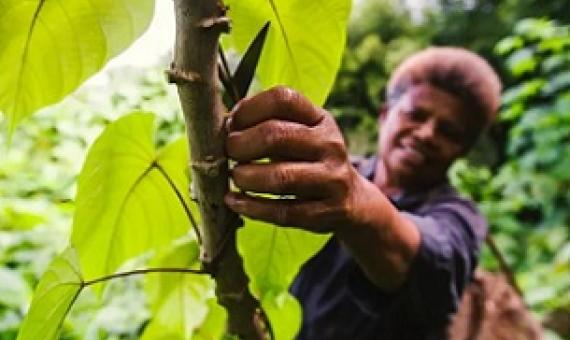Harnessing island–ocean connections to maximize marine benefits of island conservation
Islands support unique plants, animals, and human societies found nowhere else on the Earth. Local and global stressors threaten the persistence of island ecosystems, with invasive species being among the most damaging, yet solvable, stressors. While the threat of invasive terrestrial mammals on island flora and fauna is well recognized, recent studies have begun to illustrate their extended and destructive impacts on adjacent marine environments.







